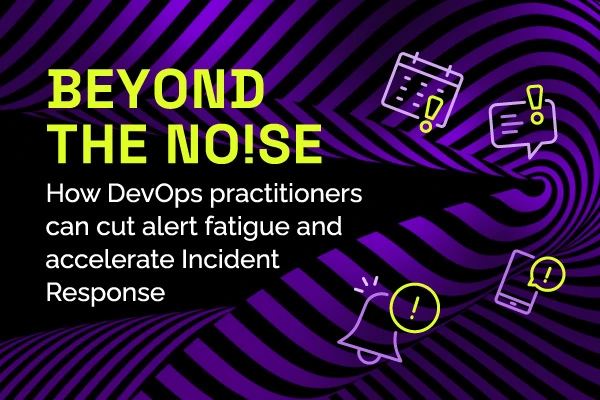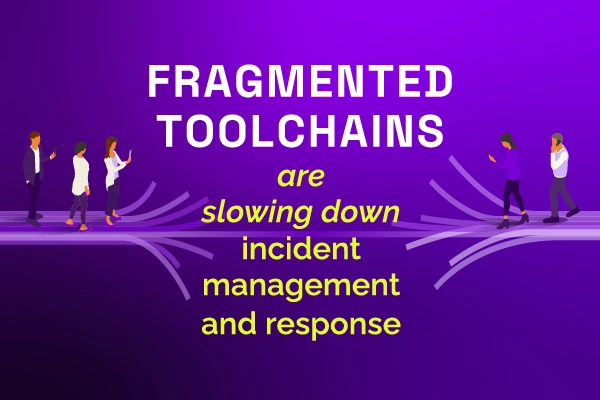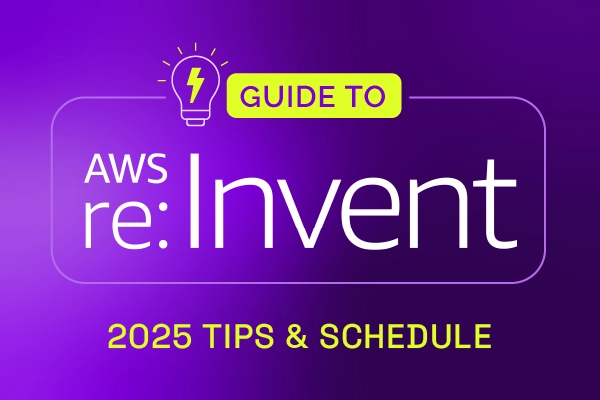Why automated crisis communication is essential for modern IT operations

In the 1990s, when systems went down, customers simply waited.
No social media. No instant expectations. And certainly no real-time updates.
Today, a 30-second delay in status communication can generate hundreds of support tickets and tank your reputation faster than the outage itself.
The rules of incident management have fundamentally changed.
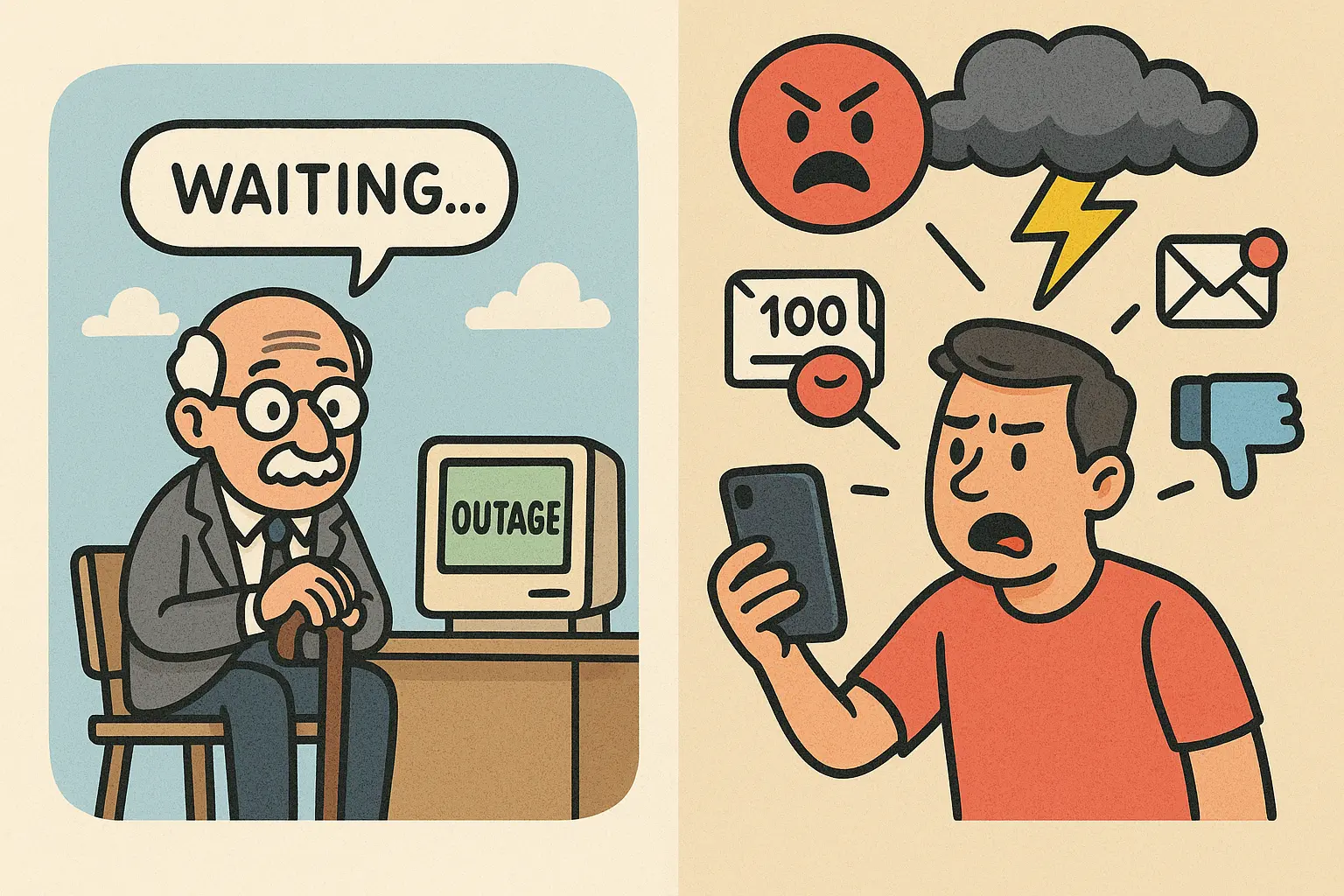
The bad news: 95% of consumers report adverse emotions when a digital platform doesn't deliver as anticipated, underscoring the deep-seated need for reliability, with most consumers feeling frustrated (70%), annoyed (65%), and disappointed (37%) (chronosphere's 2023 Online Reliability Report – Gone in a Glitch).
The good news: If the company's customer service is excellent, 78% of consumers will do business with them again after a mistake. (Salesforce Research, via Kobie)
But the challenge is real: How to best balance proactive communication and stellar customer service, all while technical teams are working furiously to fix the issue.
The solution lies in minimizing the human bottleneck and leaning into automation.
Automated communication is essential
When incident communication is manual, status updates are delayed. As a result:
❌ Customer trust erodes.
❌ Support teams become overwhelmed.
❌ Technical teams get pulled away from resolution to provide updates.
❌ Business stakeholders make uninformed decisions without real-time visibility.
The answer: automated incident communication.
Here's how we break it down into 4 pillars:
1. Immediate detection and declaration: Once an incident is detected, status page updates should automatically trigger. At the same time, pre-defined severity levels should automatically determine communication scope and scale. Finally, stakeholder notification lists should automatically activate based on impact assessment.
2. Real-time workflow integration: Incident management workflows should automatically trigger status updates as teams progress through resolution steps. When an incident moves from "investigating" to "identified," status pages should update automatically without manual intervention, keeping stakeholders informed in real-time so the technical team can focus on resolution.
3. Intelligent stakeholder segmentation: The communication system should automatically route different levels of detail to different audiences based on their needs and roles. Service dependencies and user groups should automatically determine who receives which updates, while customer-facing messages remain clear and techspeak-free compared to the technical details shared with internal teams.
4. Proactive resolution communications: The status tool should automatically provide specific progress indicators that go beyond generic "we're working on it" messages. Historical incident data should automatically generate realistic ETA updates based on similar past issues, while post-incident summaries and lessons learned should automatically be distributed to stakeholders once resolution is complete.
Automation. Automation. Automation.
Implementing the actions of these four pillars requires a purpose-built platform to connect incident management with stakeholder communication seamlessly.
StatusCast is the bridge.
StatusCast: beyond basic status pages
StatusCast is the answer to real-time status communication. It empowers IT teams to deliver transparent, proactive service updates ... informing them often before they even ask.
The net results:
✅ Fewer inbound support tickets
✅ Enhanced customer trust
✅ Improve incident response coordination
All from a single, centralized platform.
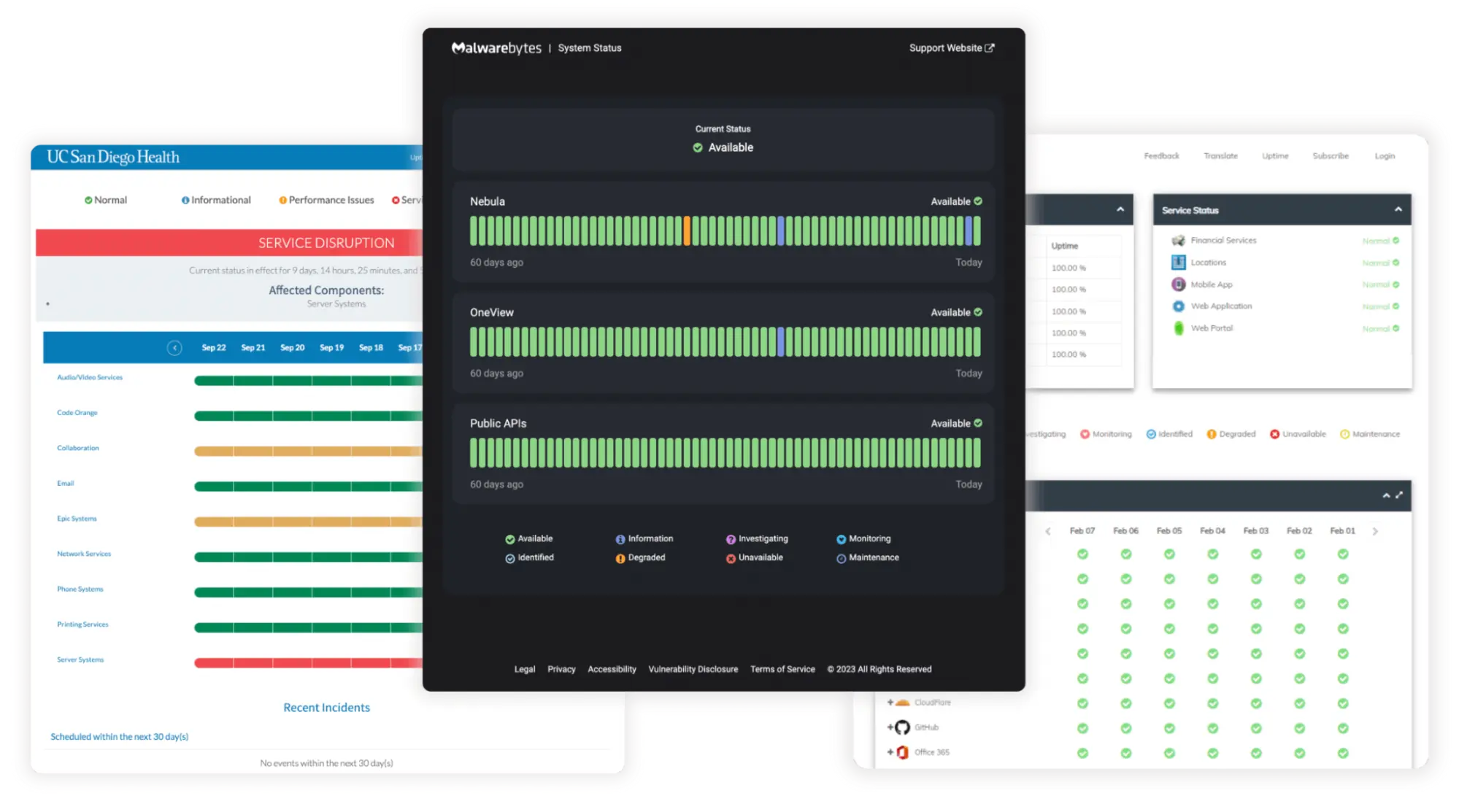
StatusCast offers:
Real-time status communication that empowers IT teams to deliver transparent, proactive service updates.
Unified incident communication which makes it easy to create and publish incident notifications across all relevant audiences.
Customizable public & private status pages resulting in stunning, branded status pages for both public and internal audiences.
Audience-specific subscriptions, which allow users to subscribe to the services and components that matter to them.
Real-time integrations that seamlessly connect with monitoring tools, ITSM platforms, incident management systems, and more.
Scheduled maintenance announcements that are planned and communicated in advance.
Getting started with automated incident communication doesn't require months of planning or complex integrations. StatusCast's approach focuses on fast time-to-value with 3 easy steps:
- Connect your workflows: StatusCast offers real-time integrations that connect with ITSM platforms and incident management systems
- Configure your audiences: Set up audience-specific subscriptions so users can subscribe to the services and components that matter to them
- Customize your pages: Create branded status pages for both public and internal audiences
Start building stakeholder trust immediately.
Immediate, quantifiable improvements that become a differentiator during incidents
Organizations using automated incident communication see immediate, quantifiable improvements.
Fewer inbound tickets about known issues means support teams can focus on actual problem-solving rather than fielding repetitive status inquiries. Technical teams stay focused on fixes instead of providing manual updates, leading to measurably shorter incident duration. Proactive, professional communication during incidents actually increases confidence in your organization's capabilities. Automated incident summaries and lessons learned create comprehensive audit trails for post-incident analysis.
While your competitors scramble to manually update stakeholders during incidents, your organization operates with calm professionalism.

All from a single, centralized platform.
Automated incident communication becomes a differentiator that demonstrates operational maturity. Customers notice when communication is seamless during disruptions, a signal that your organization is prepared, professional, and has their interests prioritized even during high-stress situations.
This operational excellence translates directly into competitive advantage, as businesses increasingly evaluate vendors not just on uptime promises, but on how gracefully they handle the inevitable incidents.
Real-time status, real-time trust
The next time an incident occurs — and it will — your stakeholders won't be left wondering what's happening. They'll receive real-time, professional updates automatically while your tech team stays focused on what they do best: resolving the issue.
The result? Maintained trust, reduced support overhead, and sometimes even stronger customer relationships than before the incident occurred.
Get started with Xurrent today and see how integrated incident management with automated status updates can maintain stakeholder confidence even during your toughest outages.
FAQs
1. What happens when digital platforms go down in today's business environment?
When digital platforms experience outages today, a 30-second delay in status communication can generate hundreds of support tickets and damage your reputation faster than the outage itself. Unlike the 1990s, when customers simply waited for systems to come back online, today's customers have instant expectations and access to social media for real-time updates.
2. How do consumers react when digital platforms don't deliver as expected?
According to Chronosphere's 2023 Online Reliability Report, 95% of consumers report adverse emotions when a digital platform doesn't deliver as anticipated. Most consumers feel frustrated (70%), annoyed (65%), and disappointed (37%) when platforms fail to meet expectations.
3. Will customers return after a service outage or mistake?
Yes, if the company's customer service is excellent, 78% of consumers will do business with them again after a mistake, according to Salesforce Research. This highlights the critical importance of how you handle stakeholder communication during incidents.
4. What are the negative consequences of manual communication?
When incident communication is manual, customer trust erodes, support teams become overwhelmed, technical teams get pulled away from resolution to provide updates, and business stakeholders make uninformed decisions without real-time visibility due to delayed status updates.
5. What are the four pillars of automated incident communication?
The four pillars are: 1) Immediate detection and declaration with automatic status page updates and stakeholder notifications, 2) Real-time workflow integration that automatically triggers status updates as teams progress through resolution steps, 3) Intelligent stakeholder segmentation that routes different levels of detail to different audiences, and 4) Proactive resolution communications with specific progress indicators and realistic ETA updates.
6. What is StatusCast, and how does it help with stakeholder communication?
StatusCast is a purpose-built platform that connects incident management with stakeholder communication seamlessly. It empowers IT teams to deliver transparent, proactive service updates and serves as the bridge between incident management and automated communication, often informing stakeholders before they even ask for updates.
7. What key features does StatusCast offer for incident management?
StatusCast offers real-time status communication, unified incident communication for publishing notifications across all relevant audiences, customizable public and private status pages, audience-specific subscriptions, real-time integrations with monitoring tools and ITSM platforms, and scheduled maintenance announcements.
8. How quickly can organizations implement automated incident communication with StatusCast?
Getting started doesn't require months of planning or complex integrations. StatusCast focuses on fast time-to-value with 3 easy steps: connect your workflows through real-time integrations, configure audience-specific subscriptions, and customize branded status pages for both public and internal audiences.
9. What measurable improvements do organizations see with automated incident communication?
Organizations see fewer inbound tickets about known issues, allowing support teams to focus on actual problem-solving rather than fielding repetitive status inquiries. Technical teams stay focused on fixes instead of providing manual updates, leading to measurably shorter incident duration, while proactive communication actually increases confidence in the organization's capabilities.
10. How does automated incident communication provide a competitive advantage?
Automated incident communication becomes a differentiator that demonstrates operational maturity. While competitors scramble to manually update stakeholders during incidents, organizations with automated systems operate with calm professionalism. Customers notice seamless communication during disruptions, signaling that the organization is prepared, professional, and prioritizes their interests even during high-stress situations, which translates directly into competitive advantage.

Xurrent named a Market Leader in Research In Action’s Vendor Selection Matrix™ for IT & Enterprise Service Management Solutions
Xurrent earns #1 rankings in customer satisfaction, price vs value, and recommendation index in Research In Action's global ITSM/ESM Vendor Selection Matrix report.


